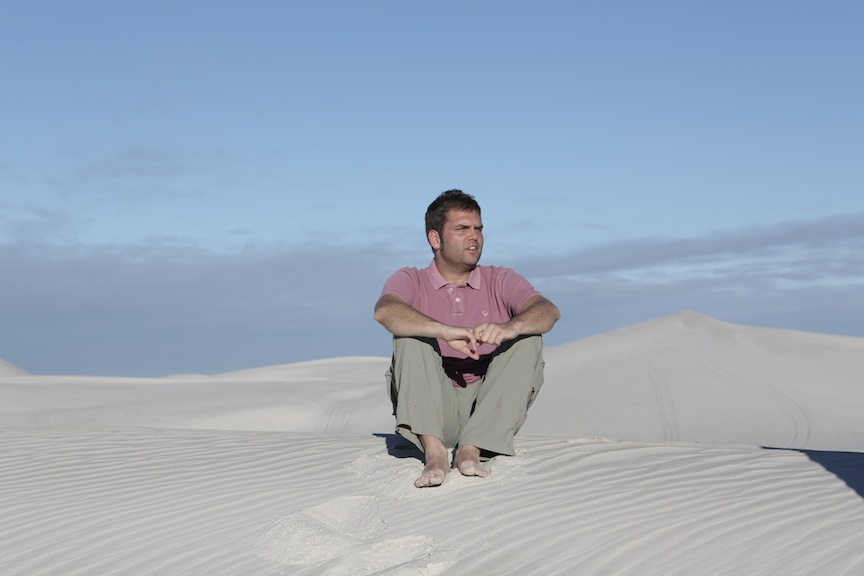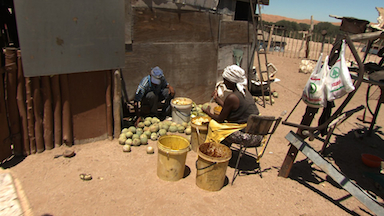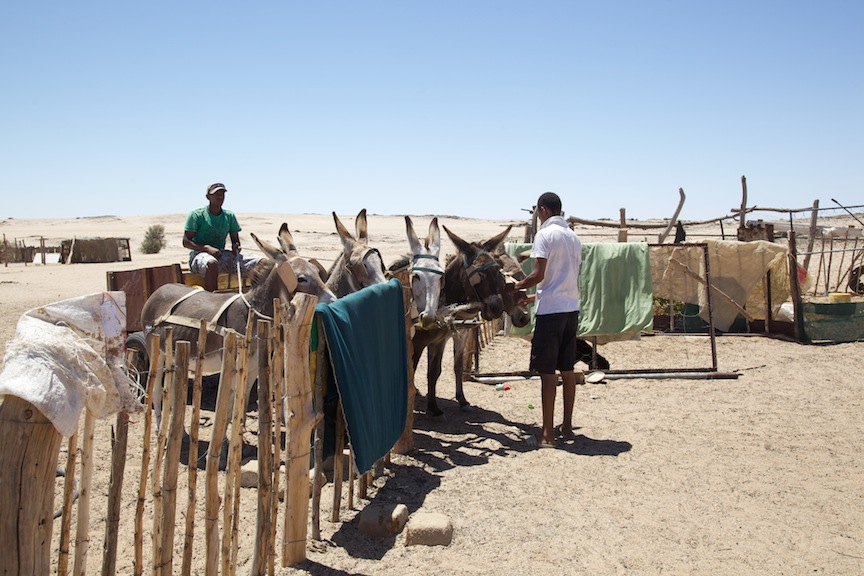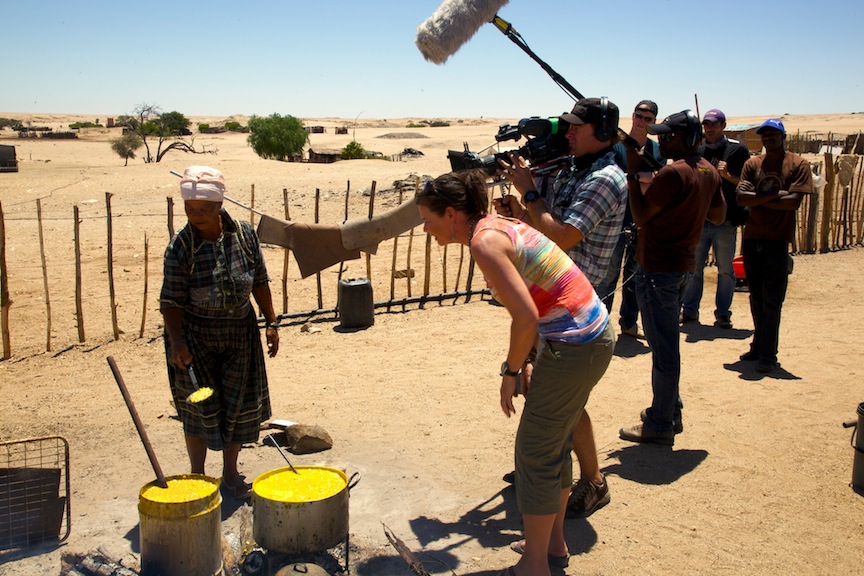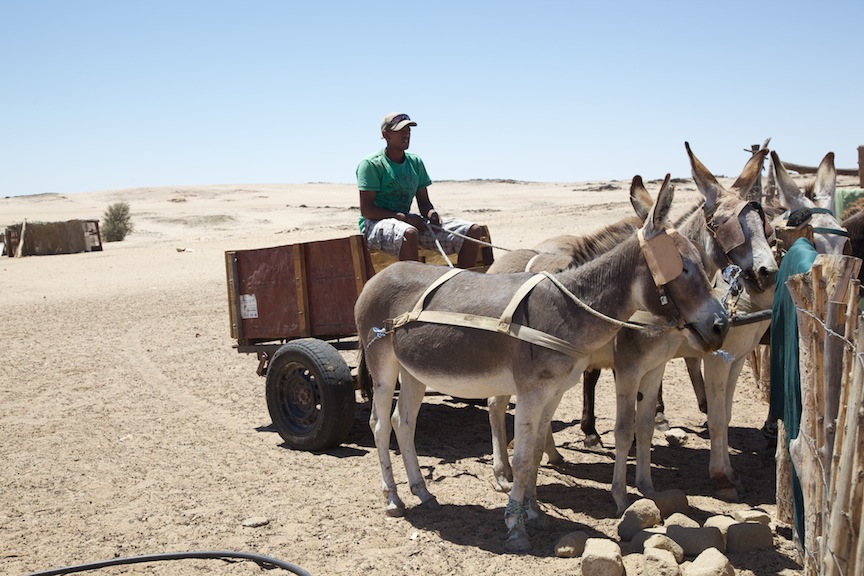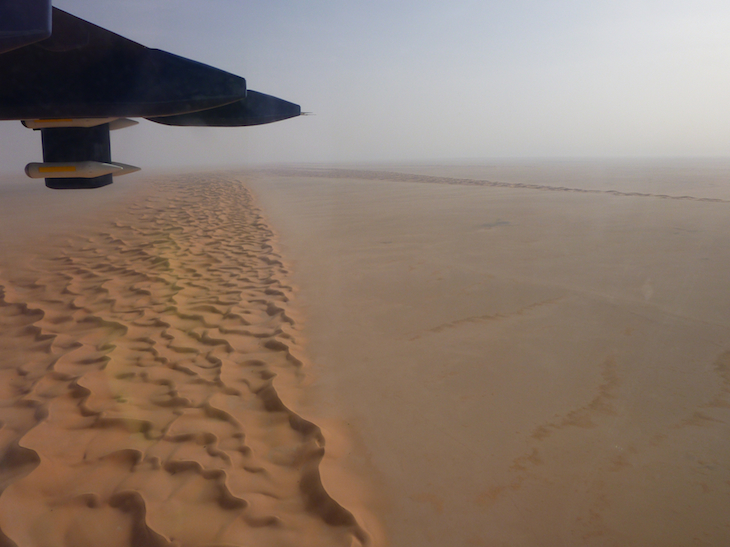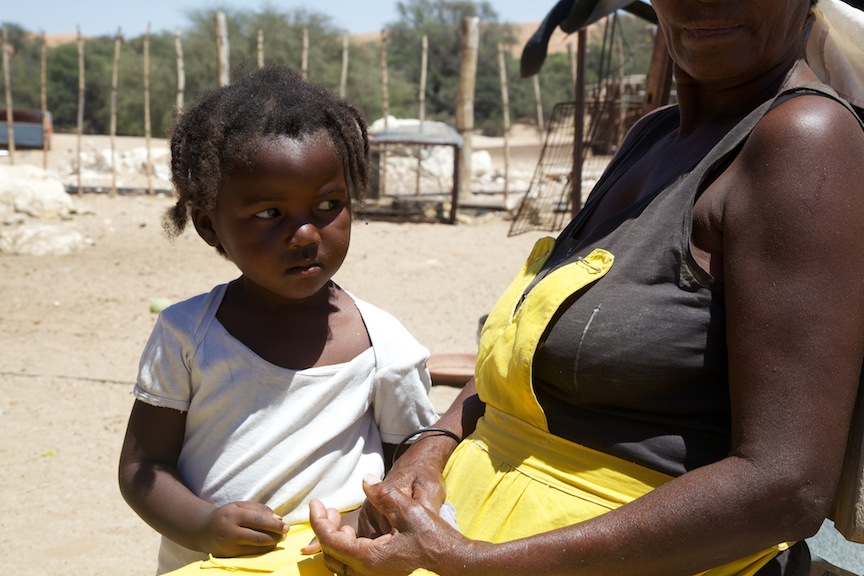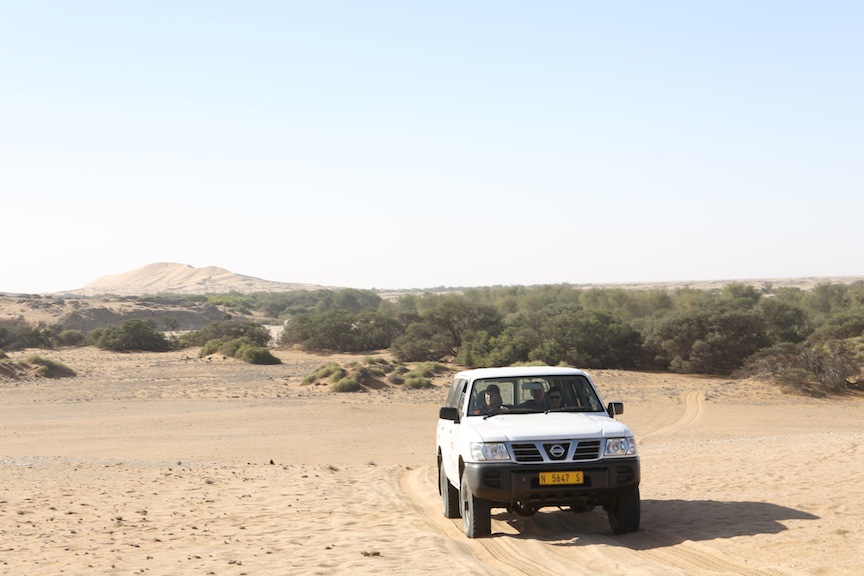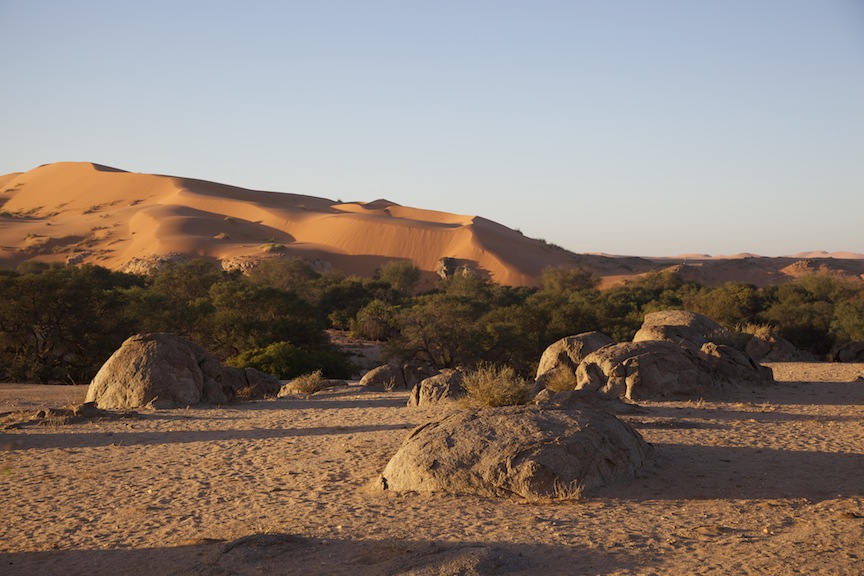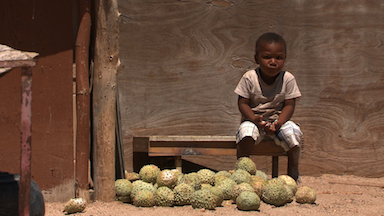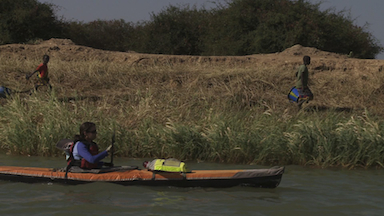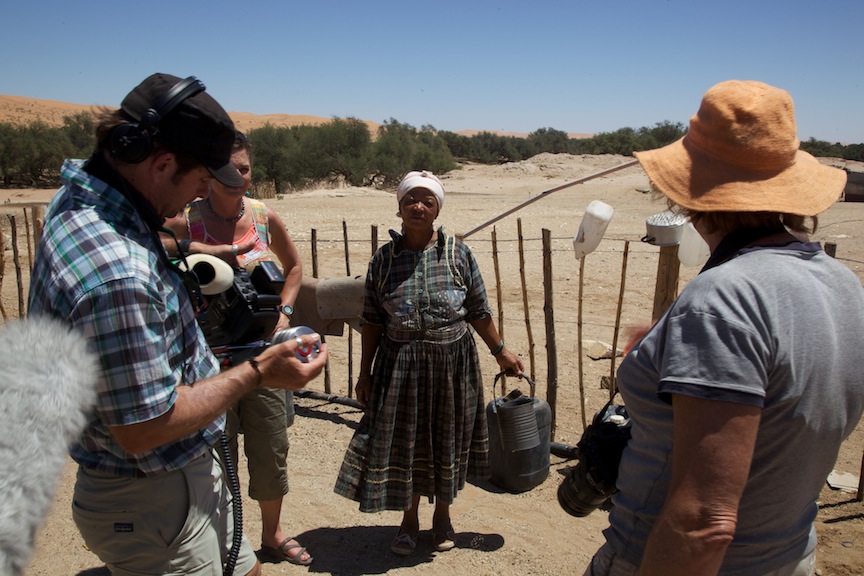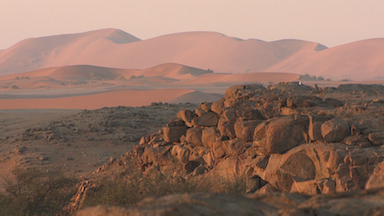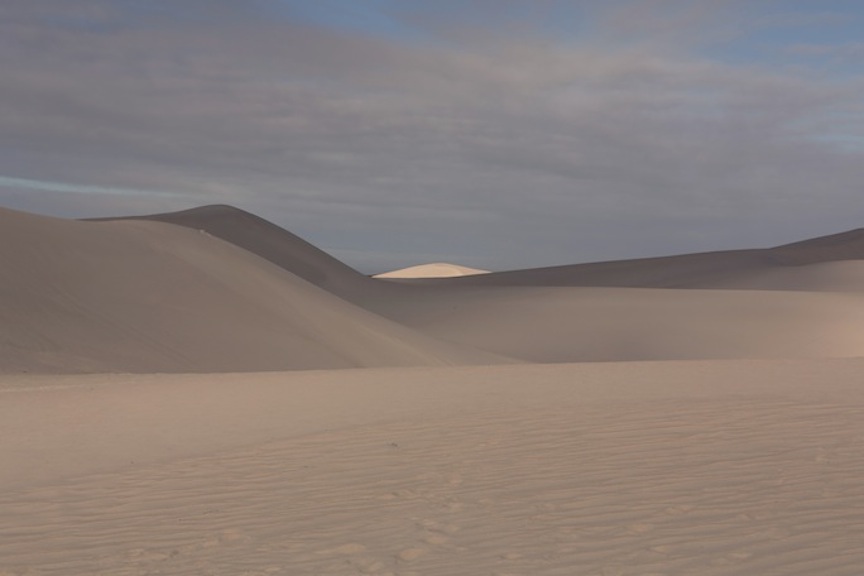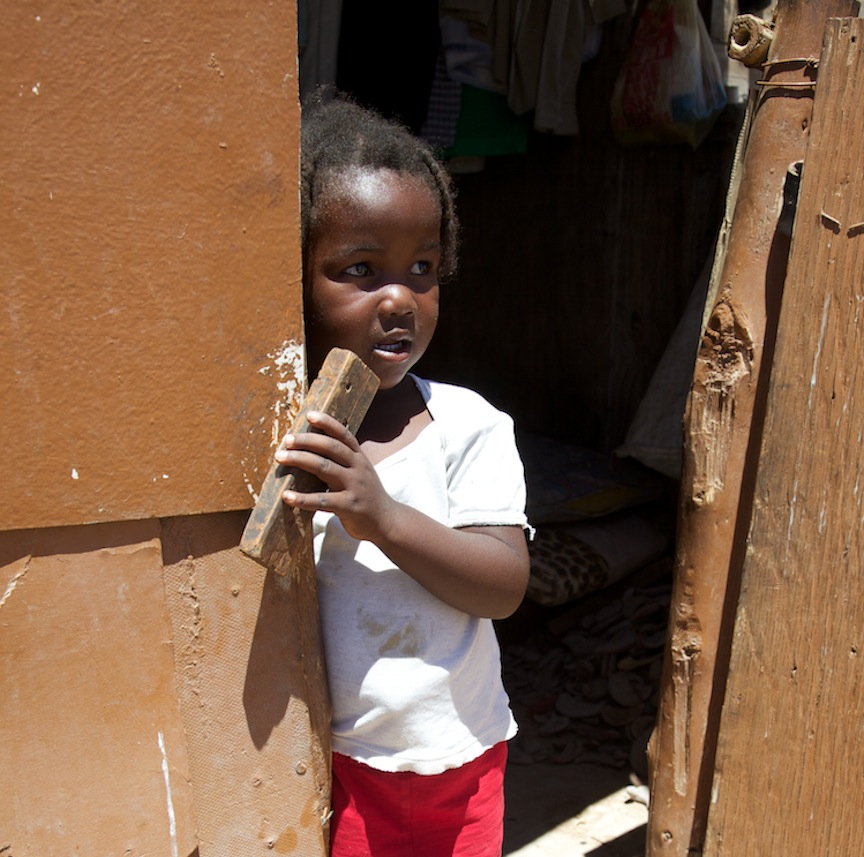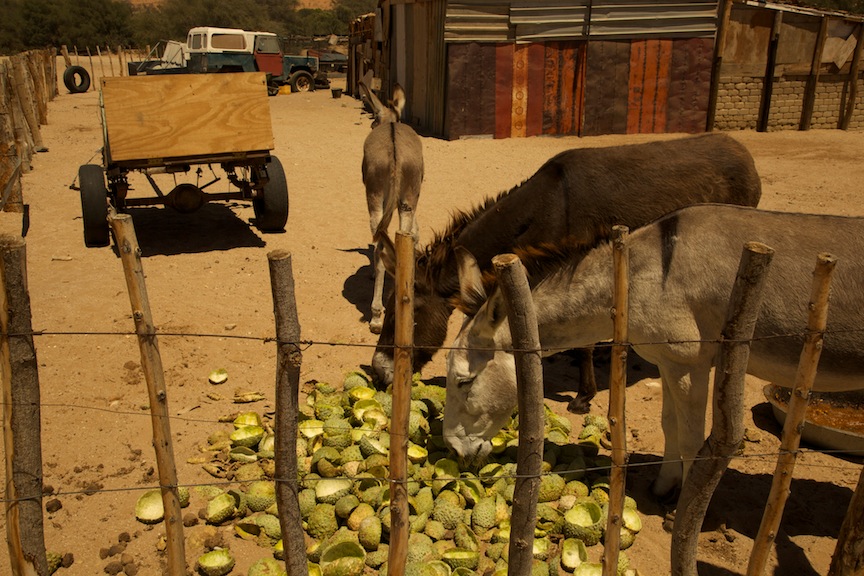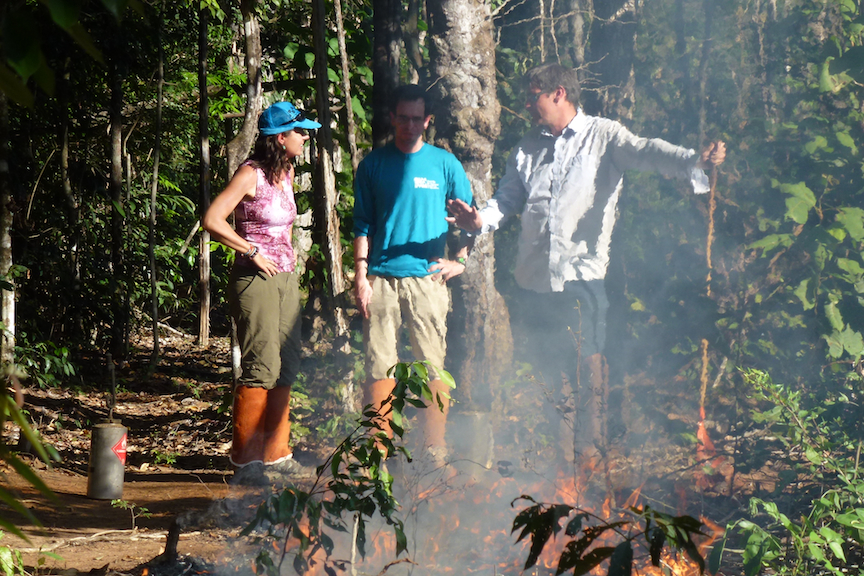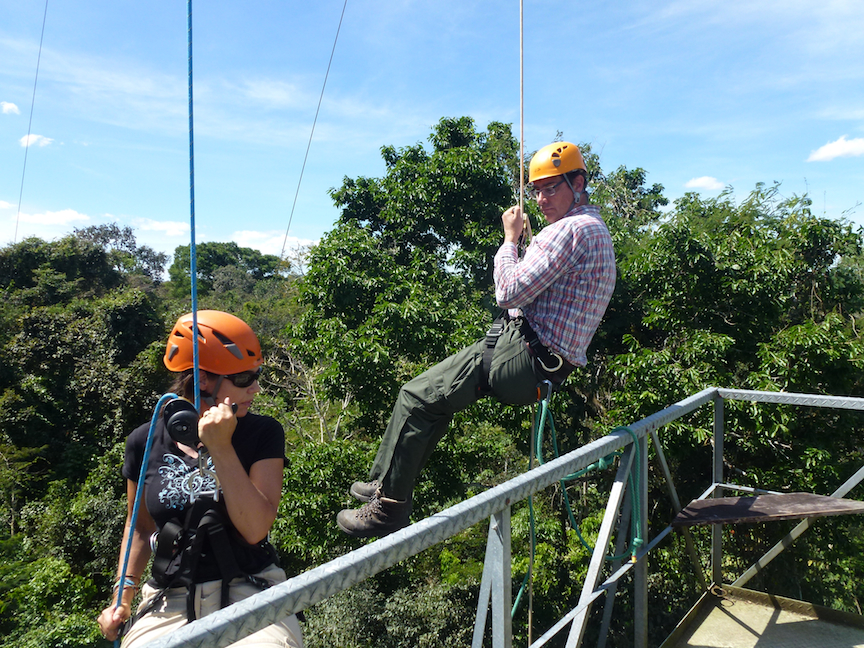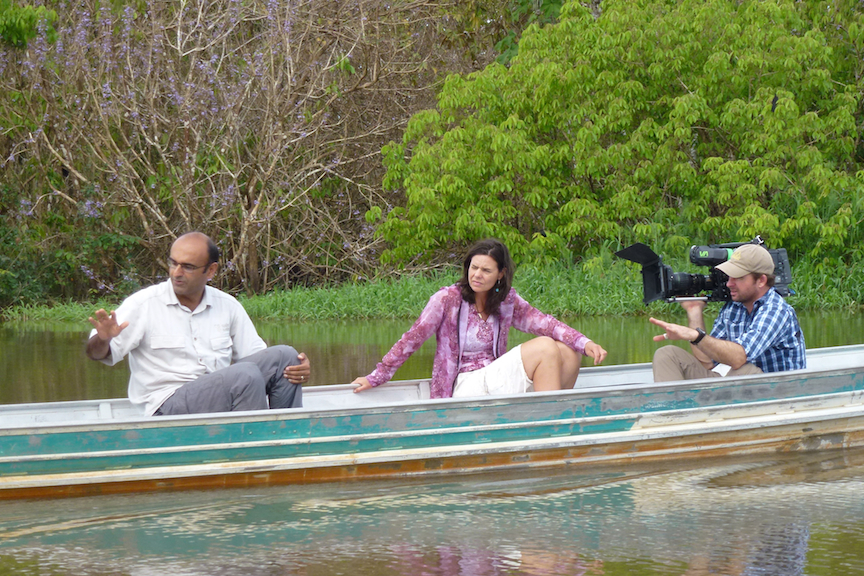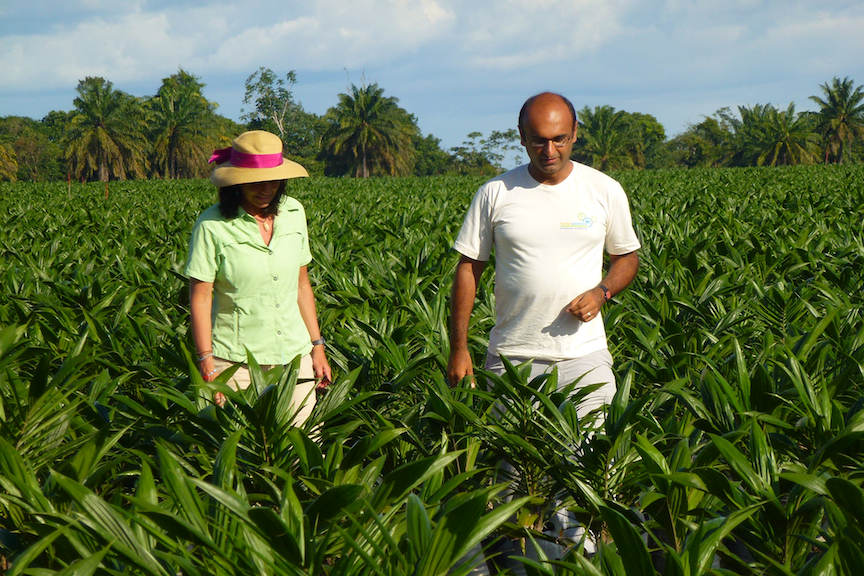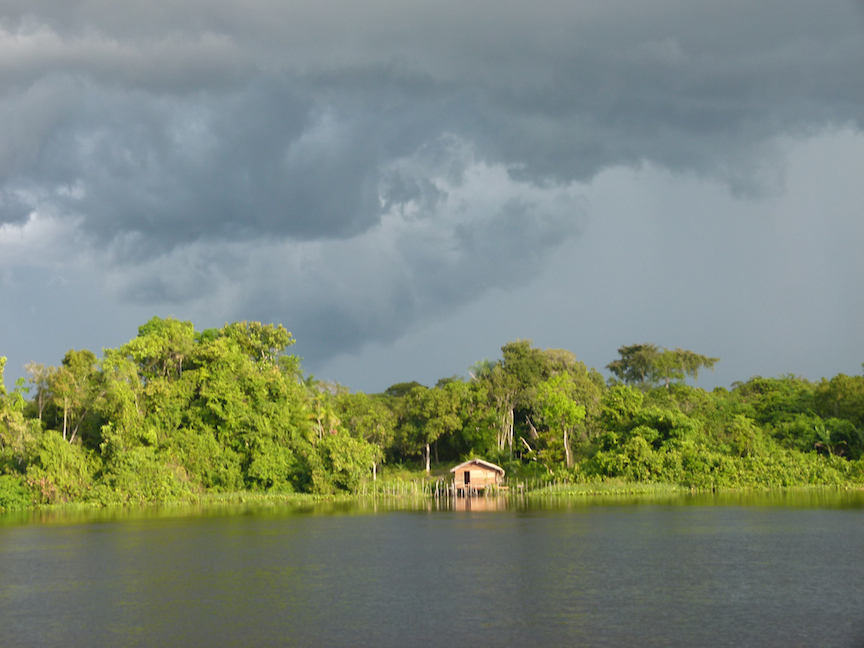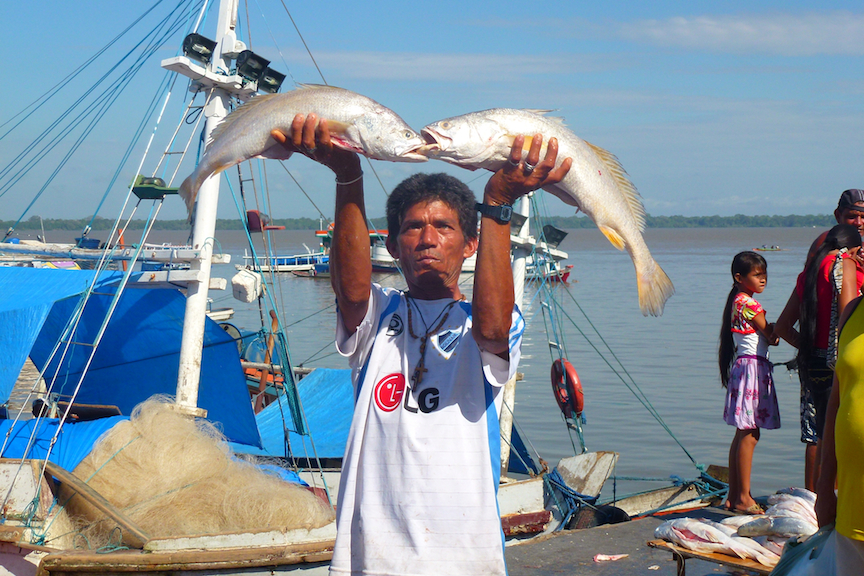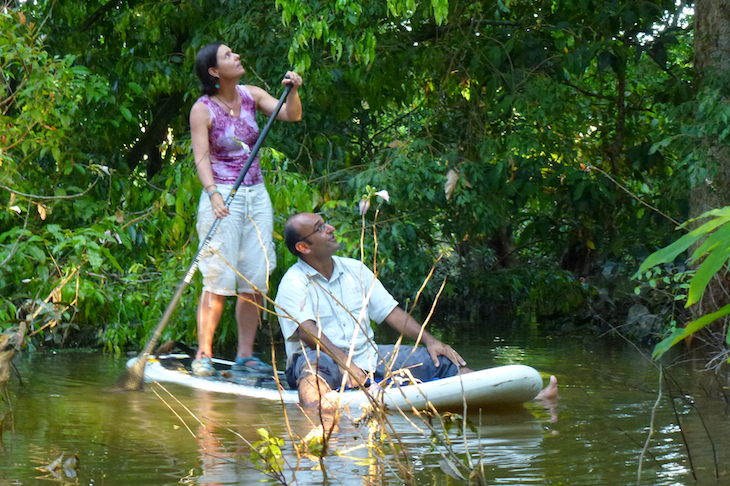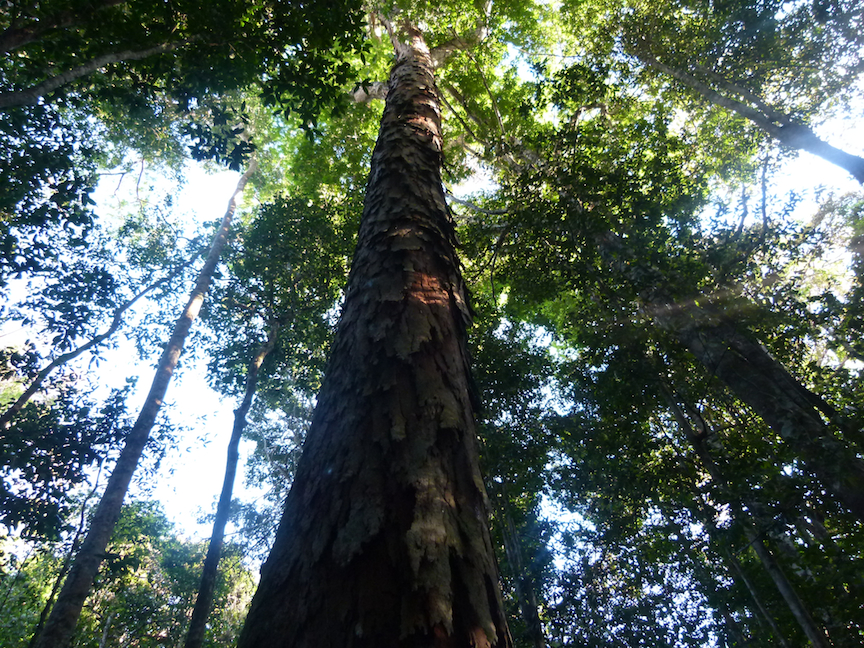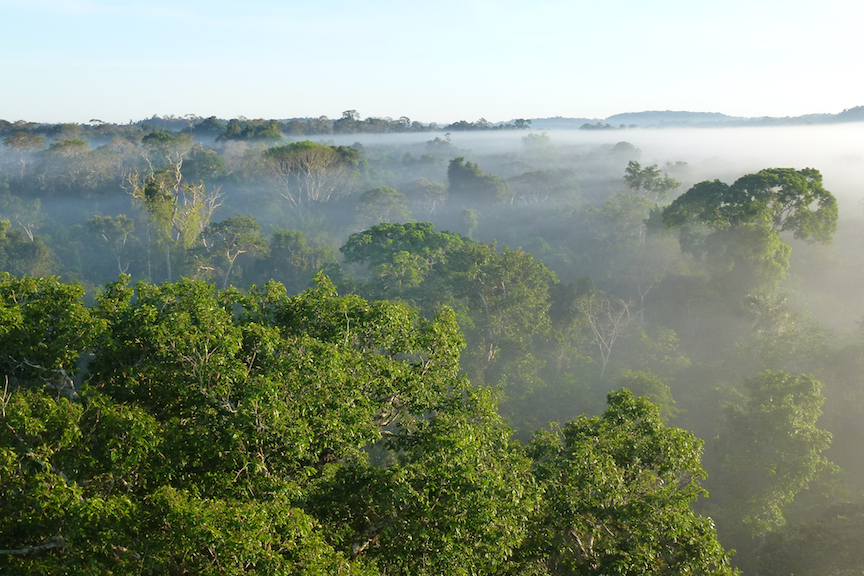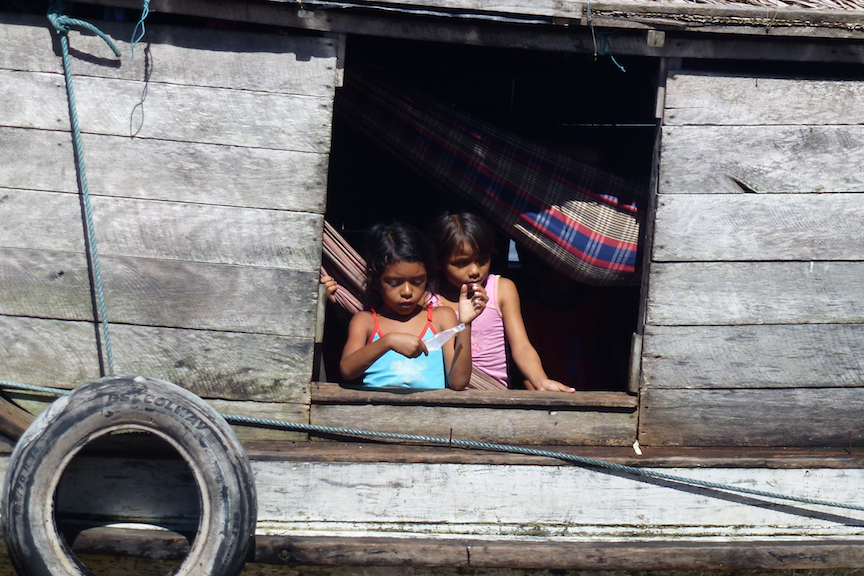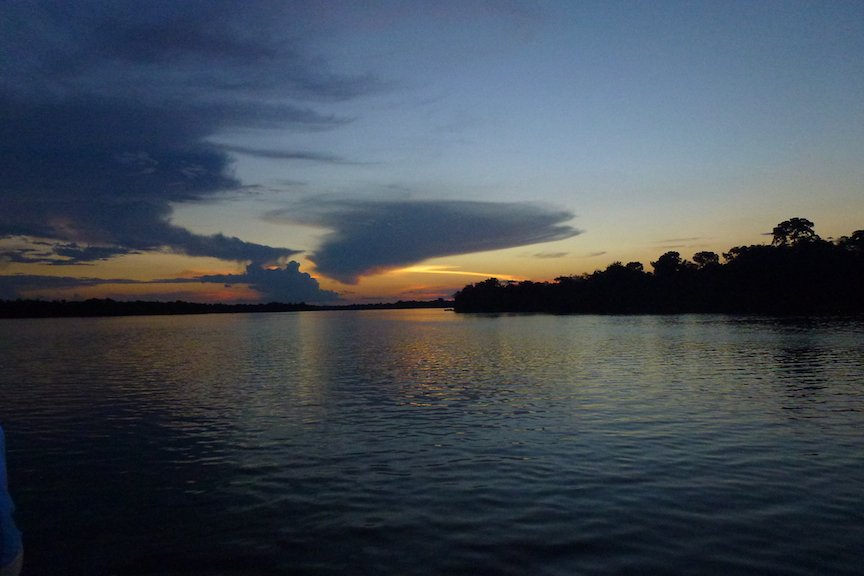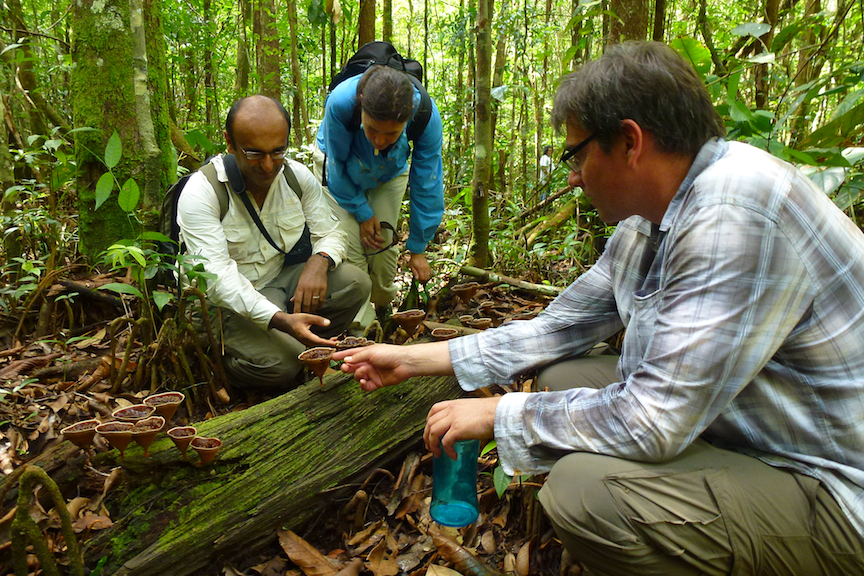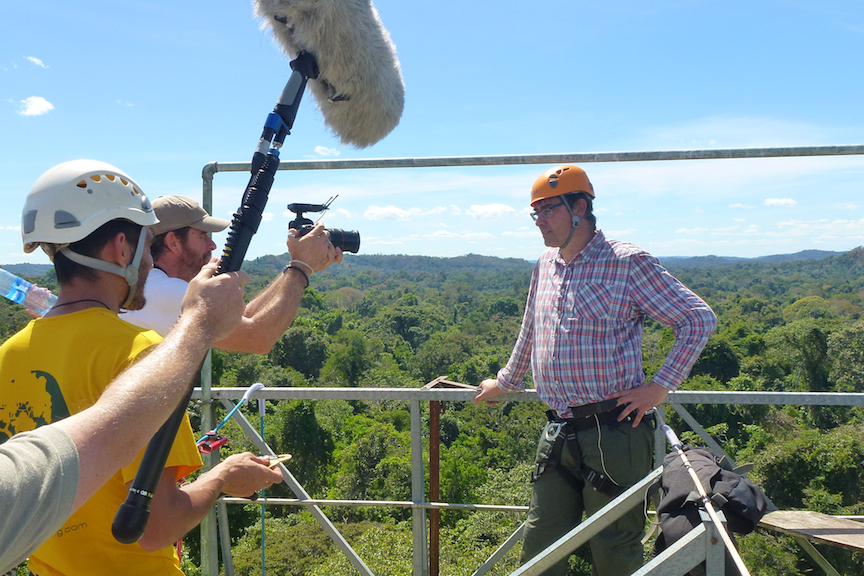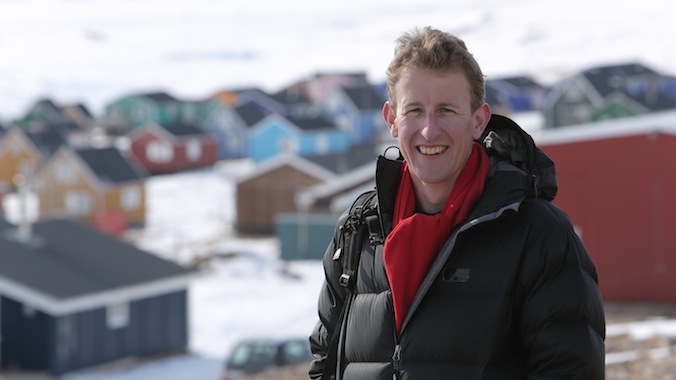Tipping Points Map
The Tipping Points is a critical threshold at which the future state of a system can be qualitatively altered by a small change in forcing. A tipping element is a part of the Earth system (at least sub-continental in scale) that has a tipping point1. Policy-relevant tipping elements are those that could be forced past a tipping point this century by human activities. Abrupt climate change is the subset of tipping point change which occurs faster than its cause. Tipping point change also includes transitions that are slower than their cause (in both cases the rate is determined by the system itself). In either case the change in state may be reversible or irreversible. Reversible means that when the forcing is returned below the tipping point the system recovers its original state (either abruptly or gradually). Irreversible means that it does not (it takes a larger change in forcing to recover). Reversibility in principle does not mean that changes will be reversible in practice.
The West Antarctic ice sheet (WAIS) is currently assessed to be further from a tipping point than the GIS, but this is more uncertain. Recent work has shown that multiple stable states can exist for the grounding line of the WAIS, and that it has collapsed repeatedly in the past. It has the potential for more rapid change and hence greater impacts than the GIS.
The Amazon rainforest experienced widespread drought in 2005 turning the region from a sink to a source (0.6-0.8 PgC yr-1) of carbon. If anthropogenic-forced8 lengthening of the dry season continues, and droughts increase in frequency or severity9, the rainforest could reach a tipping point resulting in dieback of up to ~80% of the rainforest10-13, and its replacement by savannah. This could take a few decades, would have low reversibility, large regional impacts, and knock-on effects far away. Widespread dieback is expected in a >4 °C warmer world3, and it could be committed to at a lower global temperature, long before it begins to be observed.
The Sahel and West African Monsoon (WAM) have experienced rapid but reversible changes in the past, including devastating drought from the late 1960s through the 1980s. Forecast future weakening of the Atlantic thermohaline circulation contributing to ‘Atlantic Niño’ conditions, including strong warming in the Gulf of Guinea, could disrupt the seasonal onset of the WAM and its later ‘jump’ northwards into the Sahel. Whilst this might be expected to dry the Sahel, current global models give conflicting results. In one, if the WAM circulation collapses, this leads to wetting of parts of the Sahel as moist air is drawn in from the Atlantic to the West, greening the region in what would be a rare example of a positive tipping point.
The Indian Summer Monsoon (ISM) is probably already being disrupted by an atmospheric brown cloud (ABC) haze that sits over the sub-continent and, to a lesser degree, the Indian Ocean. The ABC haze is comprised of a mixture of soot, which absorbs sunlight, and some reflecting sulfate. It causes heating of the atmosphere rather than the land surface, weakening the seasonal establishment of a land-ocean temperature gradient which is critical in triggering monsoon onset. Conversely, greenhouse gas forcing is acting to strengthen the monsoon as it warms the northern.
By Prof Tim Lenton, Exeter University, UK.
